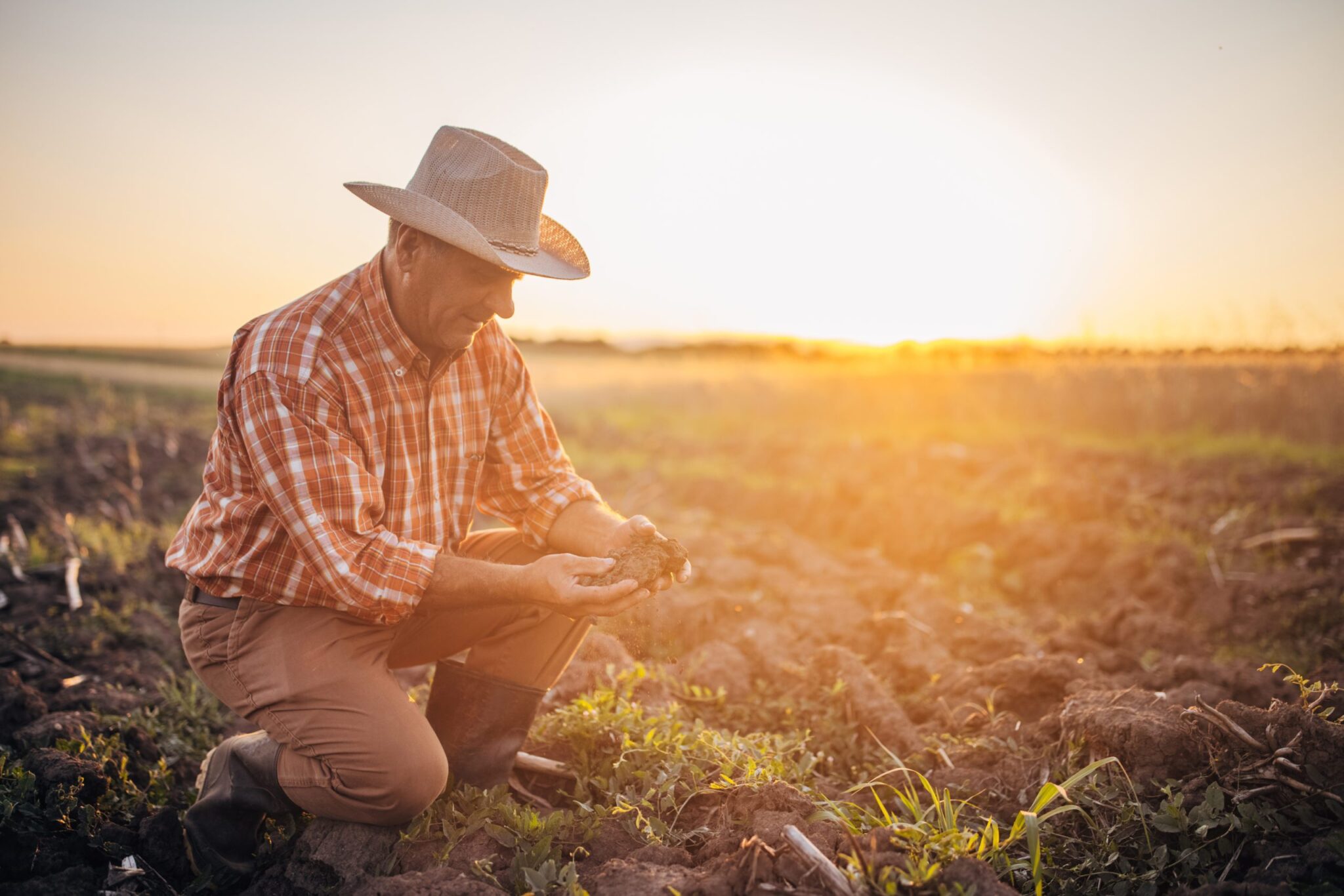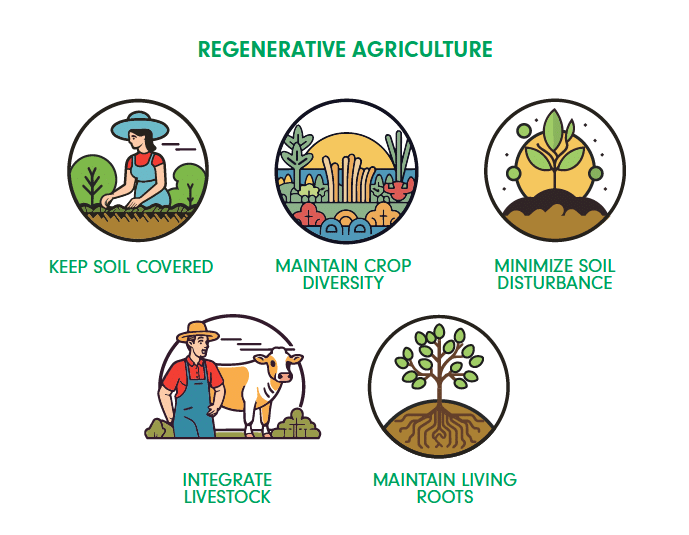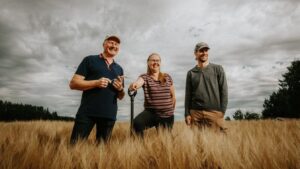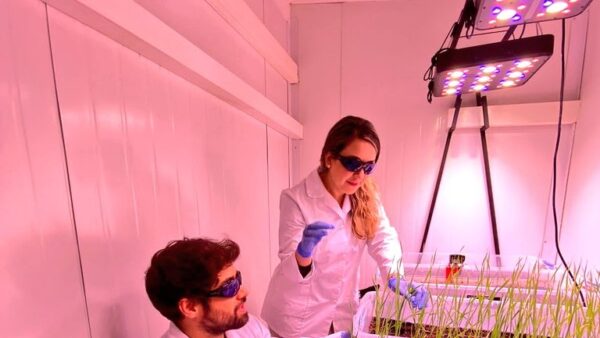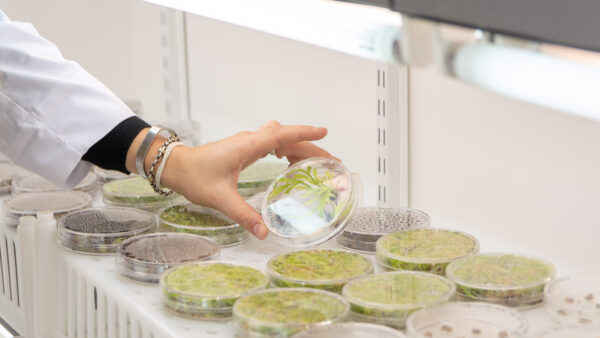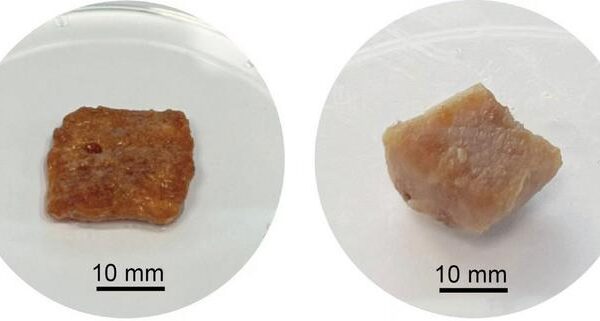New research reveals that beyond financial incentives, farmers find value in sustainable practices for better quality of life and environmental benefits.
As U.S. farmers deal with extreme weather conditions like heat, drought, heavy rainfall, flooding and erosion—all factors of climate change affecting crops—there’s been increasing interest in regenerative agriculture. Big agriculture companies are promoting “carbon farming” as a way to make money while also improving soil health.
Regenerative farming aims to improve soil health through methods such as reduced or no tillage, year-round soil coverage with cover crops, integrating livestock into crop farming and rotating crops to enhance biodiversity.
These practices can also be used to create carbon credits for offset programs allowing polluters to mitigate their greenhouse gas emissions by purchasing credits.
Farmers have often been advised to adopt practices like no-till or cover cropping. However, few have enrolled in carbon market programs.
While surveys indicate that low carbon prices and extensive paperwork are barriers, a new study in Agriculture and Human Values suggests that financial factors alone do not explain farmers’ attitudes toward carbon markets or regenerative agriculture. Many farmers see improving soil health as a way to enhance their quality of life by reducing reliance on agrochemical products and advice.
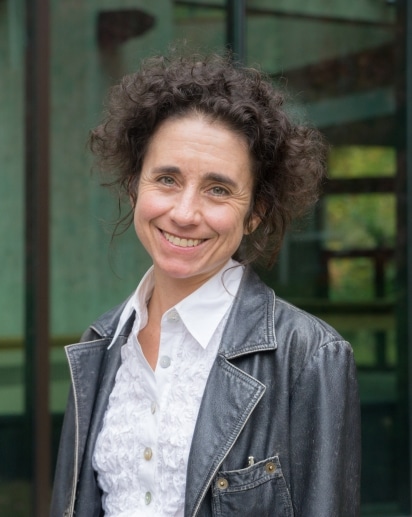
“Farmers are really looking to get off that treadmill of high-input, high yield commodity agriculture,” Dartmouth geography professor Susanne Freidberg said in a recent news release about the study she co-led.
The study was based on interviews with more than 80 farmers in Kansas and Nebraska in 2022-23. These farmers, who grow commodity crops and/or raise livestock on farms ranging from a few hundred to a few thousand acres, have varying experiences with regenerative practices from recent adopters to those with over 20 years of experience.
Recent adopters cited high input costs, soil erosion concerns and success stories from other farmers as reasons for exploring soil health practices, often by attending field days or conferences. Implementing new practices led to new mindsets and relationships. “Farmers who had implemented regenerative practices talked a lot about how they paid attention to interactions between the different kinds of life in their fields—cover crops, earthworms and especially soil microbes,” said Freidberg.
Below-ground microbial activity not only builds soil fertility, reducing the need for fertilizers, but also helps reduce erosion, conserve water and sequester carbon. However, practices beneficial for soil microbes can sometimes strain relations with neighbors and landlords.
“Farmers mentioned that when they stopped tilling and started planting multi-species cover crops, they started getting strange looks at their local coffee shop because now their fields looked messy,” Freidberg said .
These tensions made relationships among regenerative farmers even more important with some forming informal support groups to share experiences or farm equipment. “Farmers who viewed regenerative agriculture as a way to gain more personal freedom also saw that this freedom depended on the support of other farmers,” Freidberg said.
She said some farmers also noted they enjoyed seeing birds and wildlife return to their fields and found their day-to-day work more enjoyable and interesting.
The few farmers who enrolled in carbon programs emphasized looking for programs without long-term commitments or major changes in farming practices. One farmer described it as a way to earn “beer money.”
The opportunities for extra income from carbon farming increased with the rollout of USDA-funded “climate smart” commodities projects in 2023, around the time the Dartmouth study concluded. Many of these projects, often run by large food and agribusiness companies, offer financial incentives for adopting regenerative practices.
But whether many farmers enroll in these programs will depend on how well the projects align with what farmers value about such practices. “When farmers talk about the return on investment on regenerative agriculture, they’re talking about more than just money,” said Freidberg.
Julie Snorek, a Dartmouth postdoctoral fellow in geography, co-led the study with Freidberg. Geneva Smith, a postdoctoral fellow in the Program on Ecology, Evolution, Environment and Society at Dartmouth, also contributed to the research.


